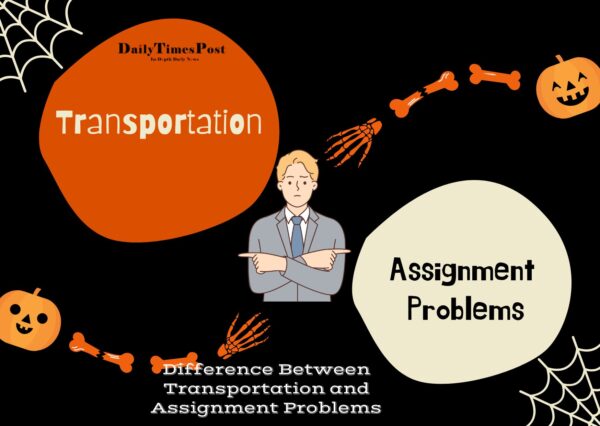In the intricate world of insurance, financial transactions play a critical role in shaping the economic relationships between policyholders, insurers, and stakeholders. Financial Transaction Requests (FTRs) are essential tools that facilitate the movement of capital and ensure the smooth functioning of insurance operations. This article delves into the concept of Financial Transaction Requests in insurance, exploring their importance, how they work, and their impact on the industry.
What is a Financial Transaction Request (FTR)?
A Financial Transaction Request (FTR) is a formal request made by a policyholder, insurer, or an authorized entity to perform a financial action related to an insurance policy. These actions can include making premium payments, renewing policies, processing claims payouts, or handling settlements. Essentially, FTRs trigger financial transactions that help meet the contractual and financial obligations outlined in insurance policies.
Key Functions of FTRs in Insurance
- Facilitating Premium Payments: One of the primary functions of FTRs is to streamline the payment of insurance premiums. Policyholders use FTRs to transfer funds to insurers, ensuring continuous coverage under their insurance policy. Premium payment FTRs can be executed through various methods, including online payments, bank transfers, or automated deductions.
- Policy Renewals: As an insurance policy nears its expiration, policyholders initiate FTRs to renew their coverage. This process involves submitting a renewal payment along with a formal request to extend the policy’s term. Timely renewal through FTRs is crucial to prevent any gaps in coverage that could leave policyholders vulnerable.
- Claims Settlement: FTRs are also critical during the claims settlement process. When a policyholder experiences a covered loss, they submit an FTR to request the payout of the claim. These requests help insurers process and disburse funds to compensate policyholders for their losses, thus fulfilling their obligations under the policy.
The Process of Handling FTRs
When an insurance company receives an FTR, it goes through a series of checks to ensure accuracy and compliance. This process involves verifying the details of the FTR against the insurance policy terms and transaction records. Insurance company employees carefully review the information to confirm that it aligns with the policyholder’s contract and that all requirements are met. Once the verification process is complete, the FTR is authorized, and the requested financial transaction is executed.
In conclusion, Financial Transaction Requests are fundamental to the operation of insurance policies, enabling smooth financial interactions between policyholders and insurers. By understanding the role and process of FTRs, policyholders can ensure timely payments, seamless renewals, and efficient claims settlements, maintaining the integrity of their insurance coverage.

